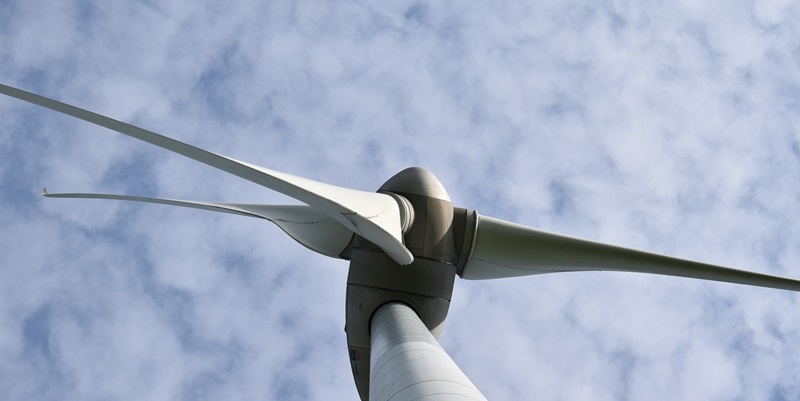The wind energy sector is increasingly emphasizing the need for durable wind turbines, and an international alliance, featuring EPFL and the University of Glasgow, is at the forefront of this approach. This coalition is pioneering the use of a cutting-edge machine-learning algorithm aimed at identifying manufacturing defects in wind turbine blades made of composite materials. By detecting faults before the turbines start operating, the strategy seeks to avoid expensive downtime and repair costs. This proactive measure could significantly improve the lifespan and performance of wind turbines, dovetailing with the industry’s quest for sustainable energy solutions. Through this innovative application of artificial intelligence, the consortium aims to revolutionize the maintenance paradigm of wind power, ensuring these green giants can reliably harness the wind’s energy more efficiently.
Combating Hidden Flaws with Advanced Technology
Subtleties in the manufacturing of wind turbines stipulate an intricate dance with precision—a single misstep could be the harbinger of failure. Traditional inspections of wind turbine blades often entail a mere grazing of the surface, inadvertently neglecting internal imperfections that could compromise structural integrity. Missing such deeper flaws not only poses substantial safety risks but also economic ones, as undetected defects can culminate in pronounced financial burdens. In addressing this pivotal issue, the consortium’s approach espouses a non-contact, radar-based inspection, harmonized with the cognitive capabilities of AI. This melding of technologies heralds a quantum leap for the turbine manufacturing sector, reflecting an evolving paradigm where enhanced quality assurance intertwines seamlessly with economic sensibility.
EPFL and Glasgow’s Synergistic Approach
Crossing the chasm between theoretical possibility and tangible utility, EPFL’s Intelligent Maintenance and Operations Systems Laboratory has seized the initiative to merge AI innovation with signal processing. Guided by Olga Fink, the team leverages algorithmic prowess to pinpoint anomalous acoustic signatures indicative of structural flaws. Concurrently, Professor David Flynn’s troop at the University of Glasgow casts Frequency Modulated Continuous Wave (FMCW) radar amalgamated with robotic precision, like a technological net, to capture early signs of fault lines within the turbine blade composites. As these two streams of research coalesce—the discerning ear of AI and the penetrating gaze of radar—a comprehensive inspection methodology emerges, potent enough to catch the silent whispers of defects that could crescendo into catastrophic failures.
Refining Data Analysis
EPFL’s contributions extend into the realm of data refinement, where researchers have innovated a paradigmatic methodology in information processing—an enabler for the AI’s interpretative faculties. The employment of complex-value signal representation augments the AI algorithm’s discriminatory potency, sharpening the line that demarcates benign irregularities from significant anomalies. Meanwhile, the Glasgow team applies a craftsman’s dedication in accruing a vast dataset, envisioning a future where inspection mechanisms operate ubiquitously on both dormant and dynamic turbines. Their ambitions manifest potentially through drones and robotic limbs, aspiring to extend the lifeblood of these leviathans of renewable energy, thus promising a horizon speckled with turbines spinning effortlessly for decades.
The Future of Wind Turbine Inspections
The research forges ahead in the wind energy realm by integrating cutting-edge radar and AI for non-destructive inspection, setting a new industry standard. AI is revolutionizing maintenance in the energy sector through early fault detection, promising a future where wind turbines operate with unmatched reliability. This fusion of technology not only ensures consistent energy production but also fortifies these structures against environmental unpredictability. It’s a testament to improved sustainability and longevity in renewable energy, proving that technological advancements are driving us towards a resilient clean energy future. This initiative is a decisive step toward harnessing the full potential of wind power, signaling a transformative period where renewable resources are more dependable than ever.

